Virginia Gordon: The Free-Spirited Pin-Up Queen Who Sizzled in B-Movies and Beyond
Ever stumble across a vintage magazine spread and feel like you’ve just discovered a secret window into the past? That was the effect Virginia Gordon had on anyone who saw her. With her radiant brown hair, soulful eyes, and a smile that hinted at both innocence and mischief, she embodied the spirit of the 1950s pin-up era. But Virginia wasn’t just another pretty face frozen in time—she was a free-spirited beauty who turned her energy into cult-favorite B-movies, only to later step away from the spotlight and live life on her own terms. Her story blends ambition, allure, and reinvention, reminding us why she remains unforgettable.
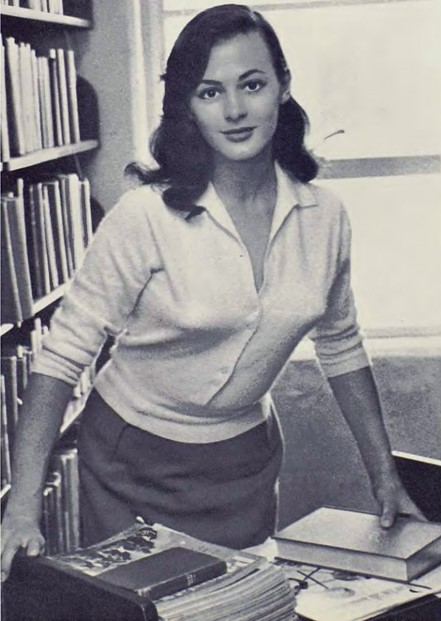
Early Life: From West Virginia Roots to Big City Dreams
Virginia Gordon was born on October 28, 1936, in Chaplin, West Virginia, during the tough days of the Great Depression. She grew up in a hardworking family that knew struggle, but also resilience. Surrounded by Appalachian hills and coal-country grit, Virginia developed that fiery energy and independent streak that would define her later career.

By her teens, she was determined to escape the small-town life and chase brighter lights. That ambition eventually led her to New York, where she first tried her hand as a showgirl. From feathers to bright lights, she stepped onto stages that tested her charisma and resilience. It was clear: this was no ordinary small-town girl—Virginia had a presence that demanded attention.
Video : Playboy playmates 1959 | Brief stories of beauties
Pin-Up Stardom: The January 1959 Breakthrough
Her life changed in January 1959 when she was featured as a calendar model that captured nationwide attention. Virginia’s photos showcased her natural curves, radiant hair, and expressive eyes—an irresistible combination that made her one of the standout beauties of her time. She was soon hailed as one of the iconic pin-ups of the late 1950s, her images taped to bedroom walls and locker doors across America.
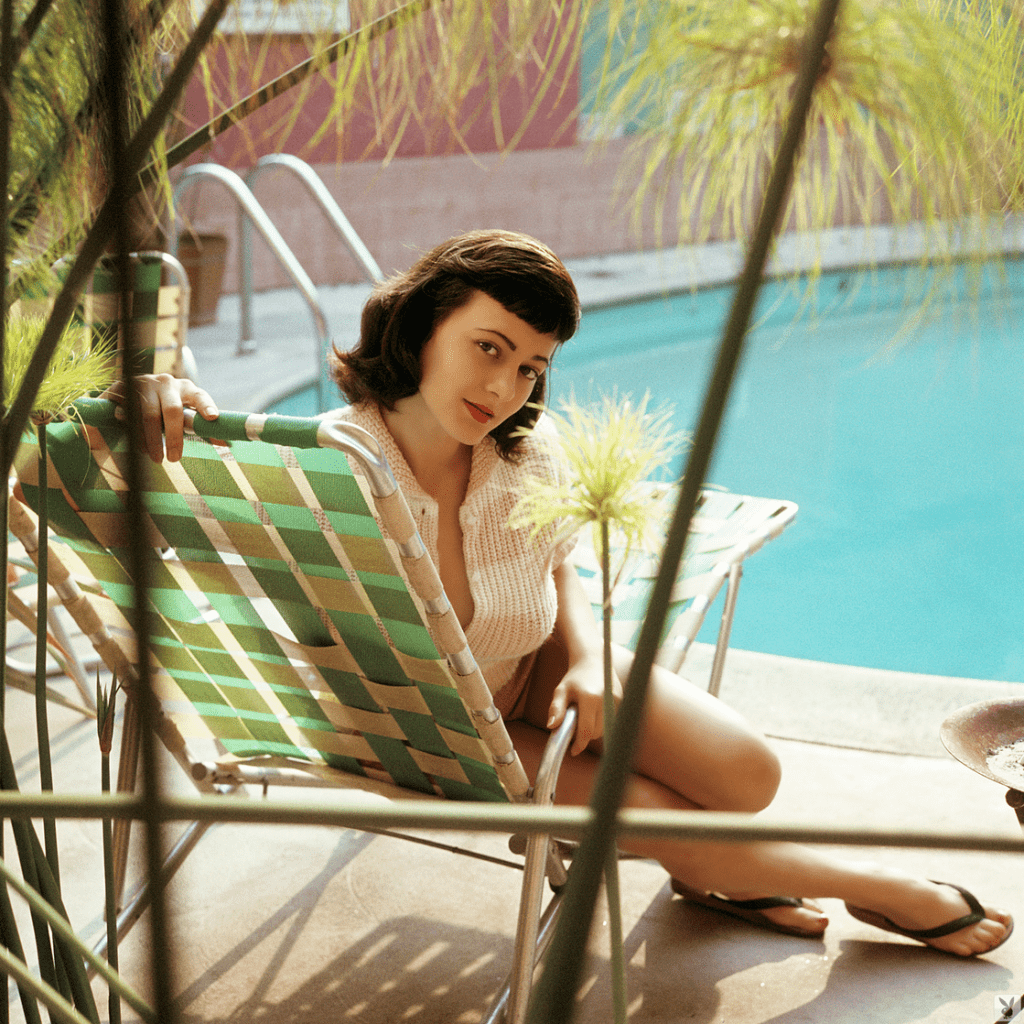
Magazines couldn’t get enough of her. Her photographs weren’t just about glamour—they told a story of a free-spirited young woman ready to break the mold. She wasn’t distant or untouchable. She was magnetic in a way that felt personal, like the girl-next-door who just happened to glow like a movie star.
B-Movie Success: A Reign in Cult Cinema
While modeling gave her fame, Virginia wanted more. The film industry offered her that chance. She leapt into acting during the early 1960s, taking on roles in the often wild and unpredictable world of B-movies and exploitation films.
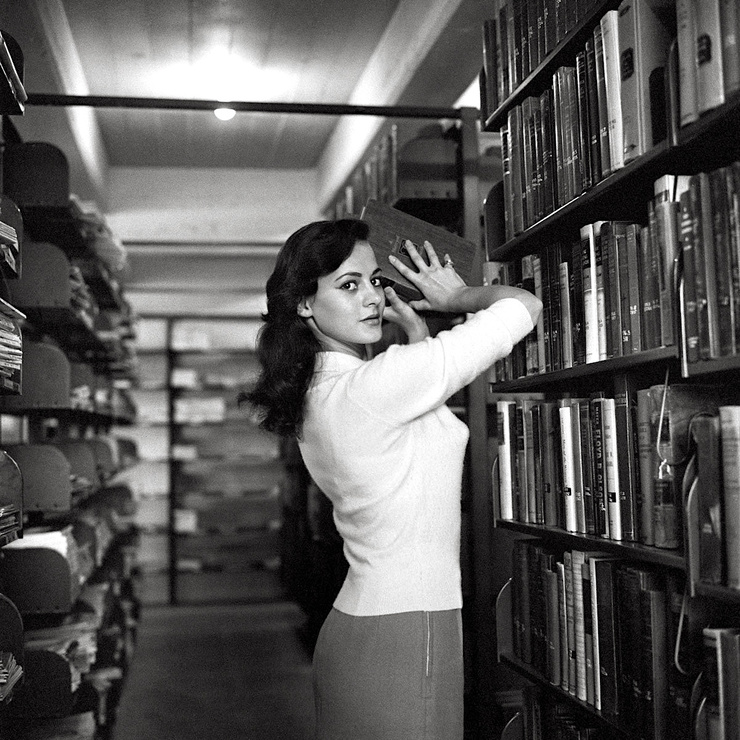
One of her most notable appearances was in Tonight for Sure (1962), a quirky independent film that later became famous as Francis Ford Coppola’s first directorial effort. Virginia’s lively presence gave the film a spark that helped it stand out from the typical low-budget fare. She didn’t just play roles—she gave them personality, turning pulp cinema into cult classics.
Throughout the 1960s and early 1970s, Virginia appeared in projects that might not have been Hollywood blockbusters, but they built her reputation as a queen of the underground. Films like The Animal (1968) and The Candy Snatchers (1973) showed her willingness to dive into roles with grit and fearlessness, earning her recognition as an icon of cult cinema.

A Muse of the Era: The Free Spirit Who Broke Rules
Virginia Gordon wasn’t just acting—she was embodying a cultural shift. She symbolized the boldness of a new generation of women who weren’t afraid to take risks, flaunt their independence, and embrace their sensuality without apology.
She was often called the ultimate free spirit of her time. Unlike traditional Hollywood starlets locked into studio contracts, Virginia chose roles that reflected her adventurous side. Her characters were strong, daring, and sometimes even outrageous, yet always captivating. This blend of natural allure and fearlessness gave her a distinct place in pop culture history.
Video : Playboy : Intégrale Playmates of the Month (période 1953-1959)
Stepping Away: From Screen Siren to Family Life
By the mid-1970s, Virginia decided to step back from the grind of show business. After more than a decade of gracing magazine covers and appearing in cult films, she shifted her focus to family and personal life. She married a businessman and chose to live outside the constant glare of the public eye.
For someone who had once been America’s dream girl, her decision to leave fame behind showed her strength of character. She knew when it was time to write a new chapter, swapping bright lights and cameras for the warmth of family life.
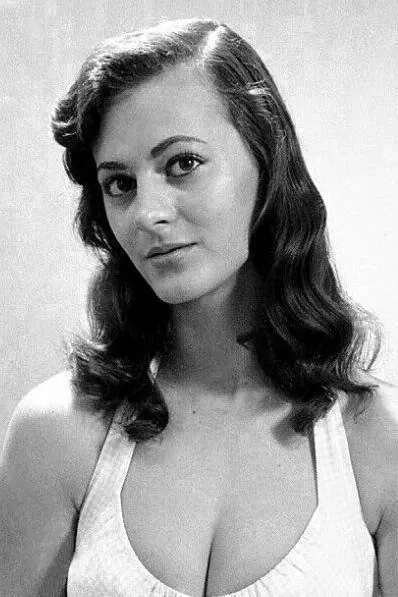
Virginia Gordon Today: An Enduring Legacy
Now in her late 80s, Virginia Gordon’s legacy still lingers. Fans continue to celebrate her in retrospectives, film festivals, and online communities dedicated to vintage cinema. Her photographs remain iconic snapshots of a golden era when pin-up glamour ruled American culture.
She may have stepped away from Hollywood decades ago, but her image still captivates new generations discovering the magic of mid-century pin-up culture and B-movie gems. Her story shows that beauty may begin with a face, but true allure comes from confidence, daring choices, and authenticity.
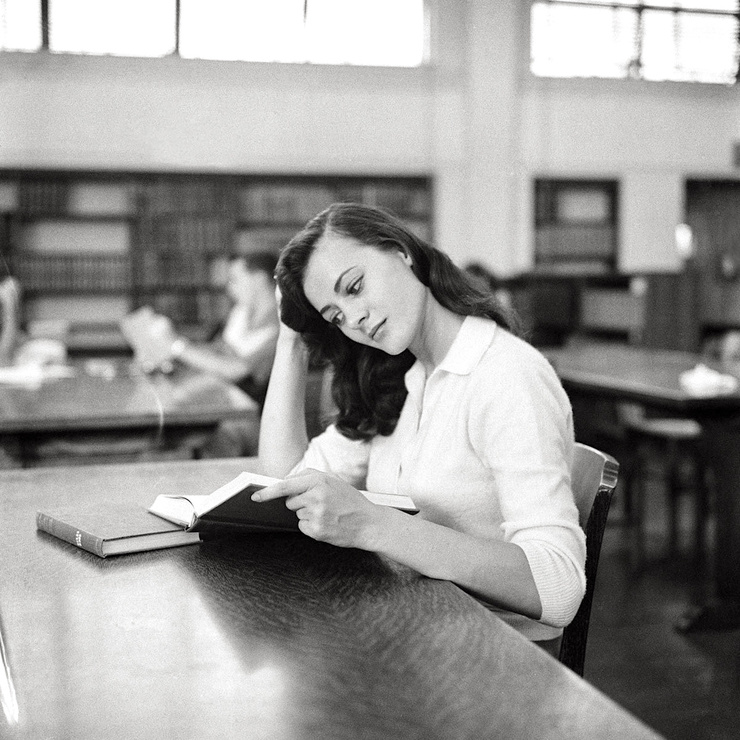
Conclusion: The Timeless Spark of Virginia Gordon
Virginia Gordon’s life is a vivid portrait of resilience, glamour, and independence. From her beginnings in West Virginia to her rise as a celebrated pin-up, from cult films to quiet family life, she lived with the kind of boldness that inspires even today. She wasn’t just a symbol of sensual beauty—she was a pioneer of self-expression and free spirit in a time when women were often boxed in.
Her journey reminds us that true icons are not defined by how long they shine in the spotlight but by how deeply they leave their mark. Virginia Gordon remains one of those timeless figures—her legacy still sizzles, her charm still enchants, and her story continues to remind us of the power of living unapologetically.